We have heard these words repeatedly in the news, but few times do we know precisely their meaning or definition. What is the Kremlin? A kremlin is a major fortified central complex found in historic Russian cities. This word is often used to refer to the most famous one, the Moscow Kremlin, or metonymically to the government based there. Outside Russia, the name Kremlin is sometimes mistakenly thought of as Saint Basil’s Cathedral because of its unique environment.
However, the cathedral is not a part of the Moscow Kremlin. Russia’s presidential administration is located in the Moscow Kremlin. During the Cold War, the government of the USSR was located in the Moscow Kremlin. Still, now the Russian government occupies a building outside it.
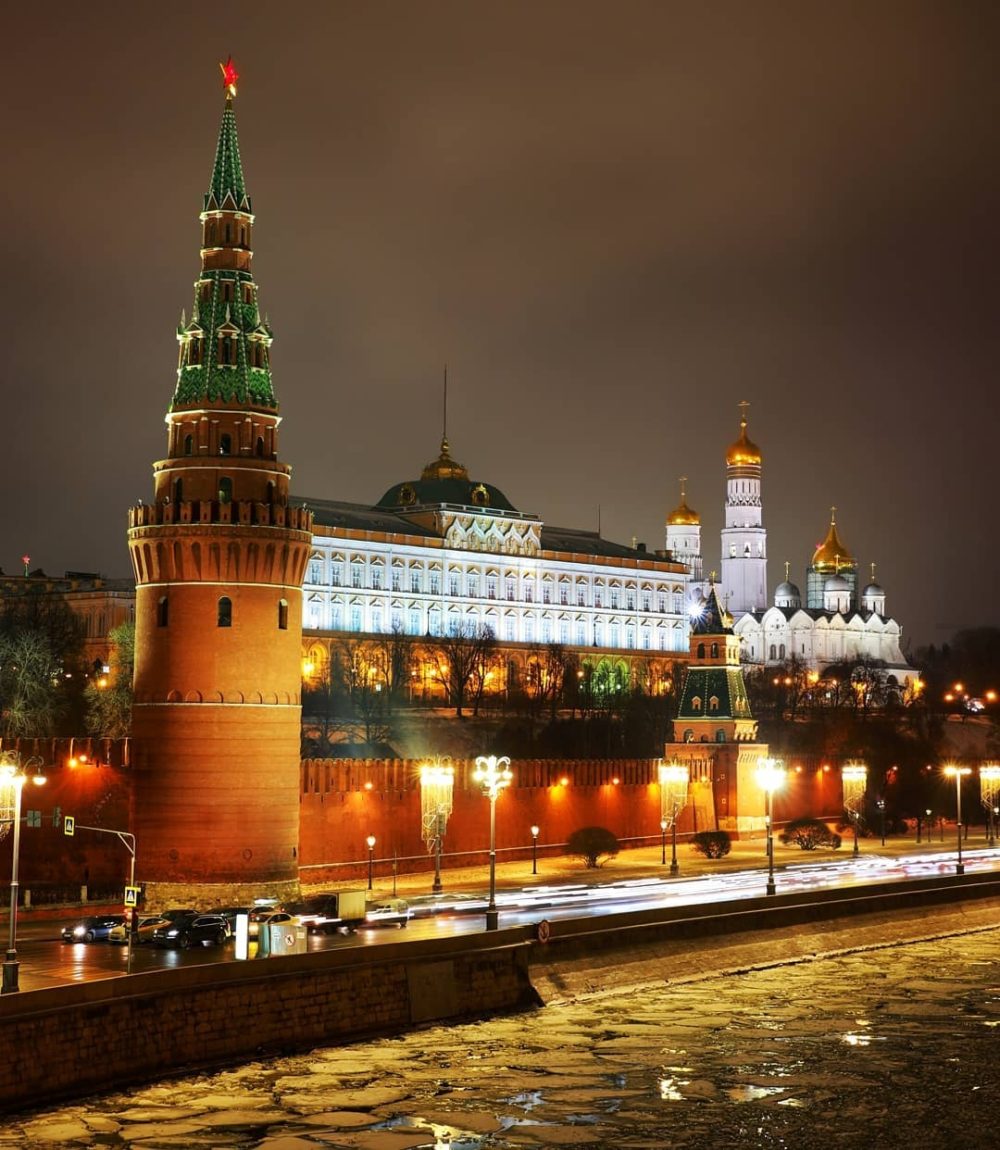
Therefore, as you have already seen, the Moscow Kremlin is not the only one in Russia. In fact, throughout the country, several Kremlins were built to protect Russian cities from enemy attacks. The Moscow Kremlin is undoubtedly the grandest of them all.
Still, there are others with unique beauty and many stories to tell. In the 18th and 19th centuries, these strongholds lost their strategic importance and were often torn down and used for construction materials. Most of the surviving fortresses have now been turned into museums, each with its legend living behind its walls. Meet some of the most famous Russian Kremlins:
1. Ryazan Kremlin
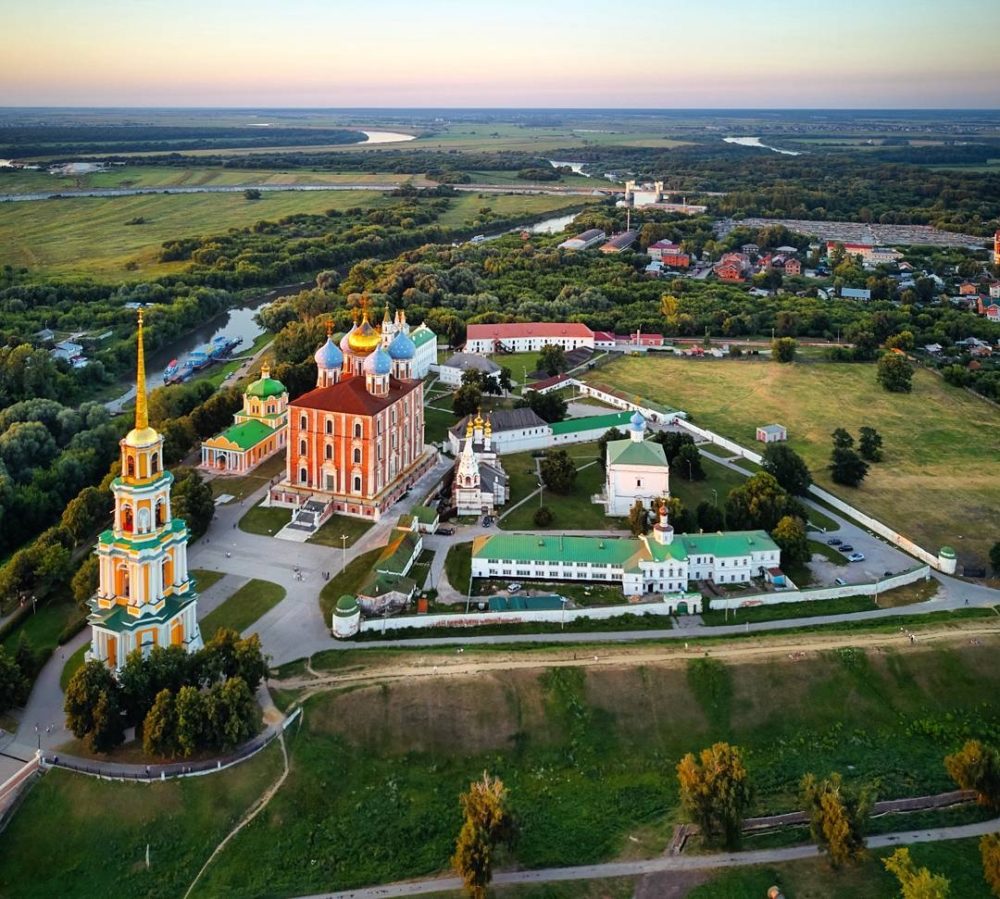
Ryazan Kremlin encompasses 18 historical monuments built between the 11th and 19th centuries. One of the Kremlin’s eight churches, the 17th-century Dormition Cathedral, is the centerpiece of the fortress. The oldest building is the 15th-century Nativity of Christ, while the most significant civic construction is the 17th-century Oleg’s palace.
2. Rostov Kremlin
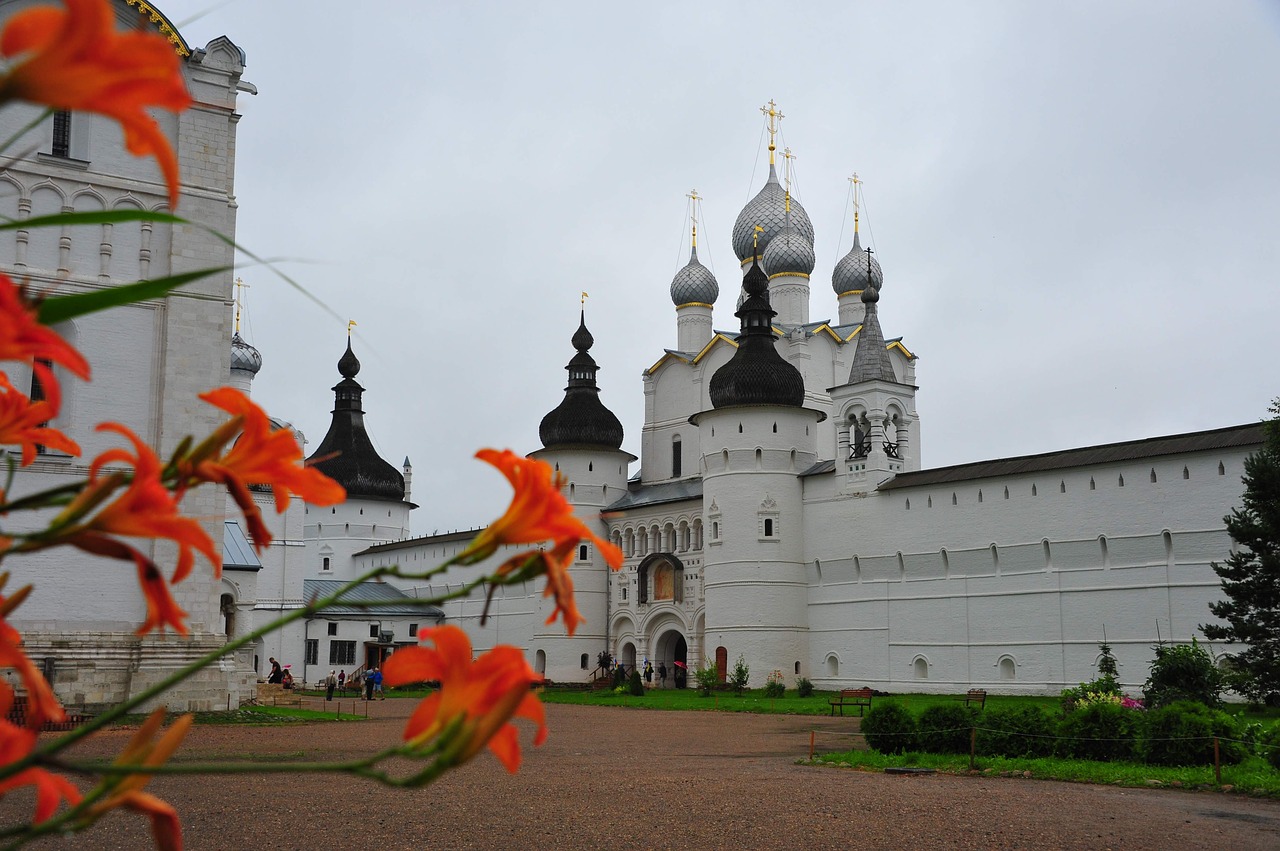
What started as an archer’s residence in the 17th century is now a visually arresting museum reserve with five churches, the Dormition Cathedral, and civil buildings—all surrounded by massive fortress walls. Be also to stop by the Kremlin’s 17th-century bell cot—one of the most celebrated in Russia.
3. Kazan Kremlin
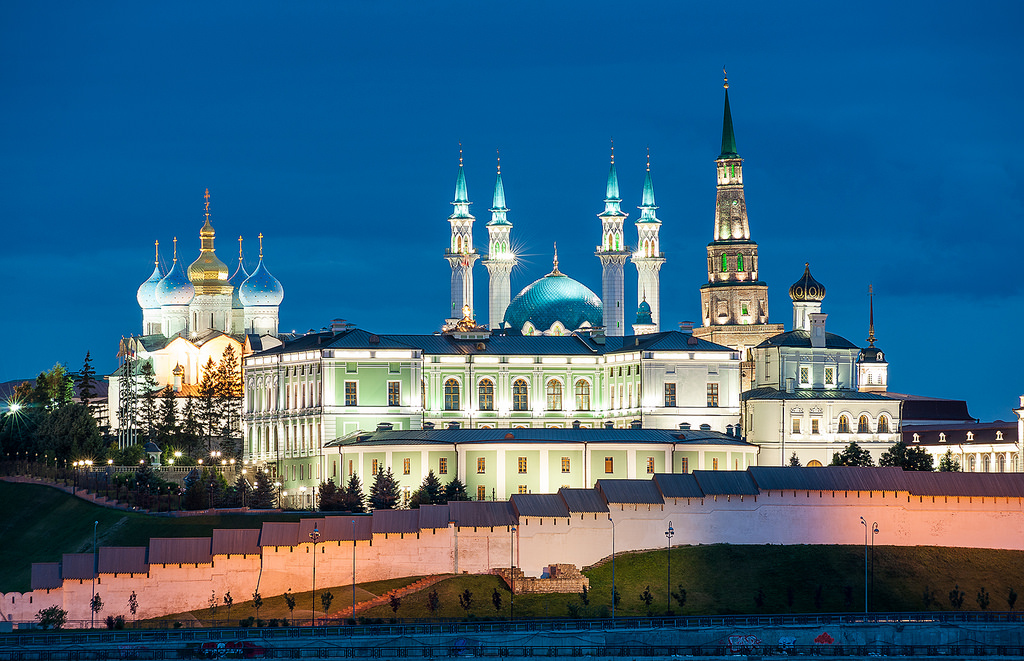
Something you would not expect to see within the walls of an ancient Kremlin, especially next to a traditional 16th-century orthodox cathedral, is Europe’s largest Mosque. Kazan also has the largest halal meat warehouse in Russia. Although the center of Russian Islam, it is a tribute to Kazan’s religious tolerance that Muslims, Christians, and Jews live harmoniously.
4. Suzdal Kremlin
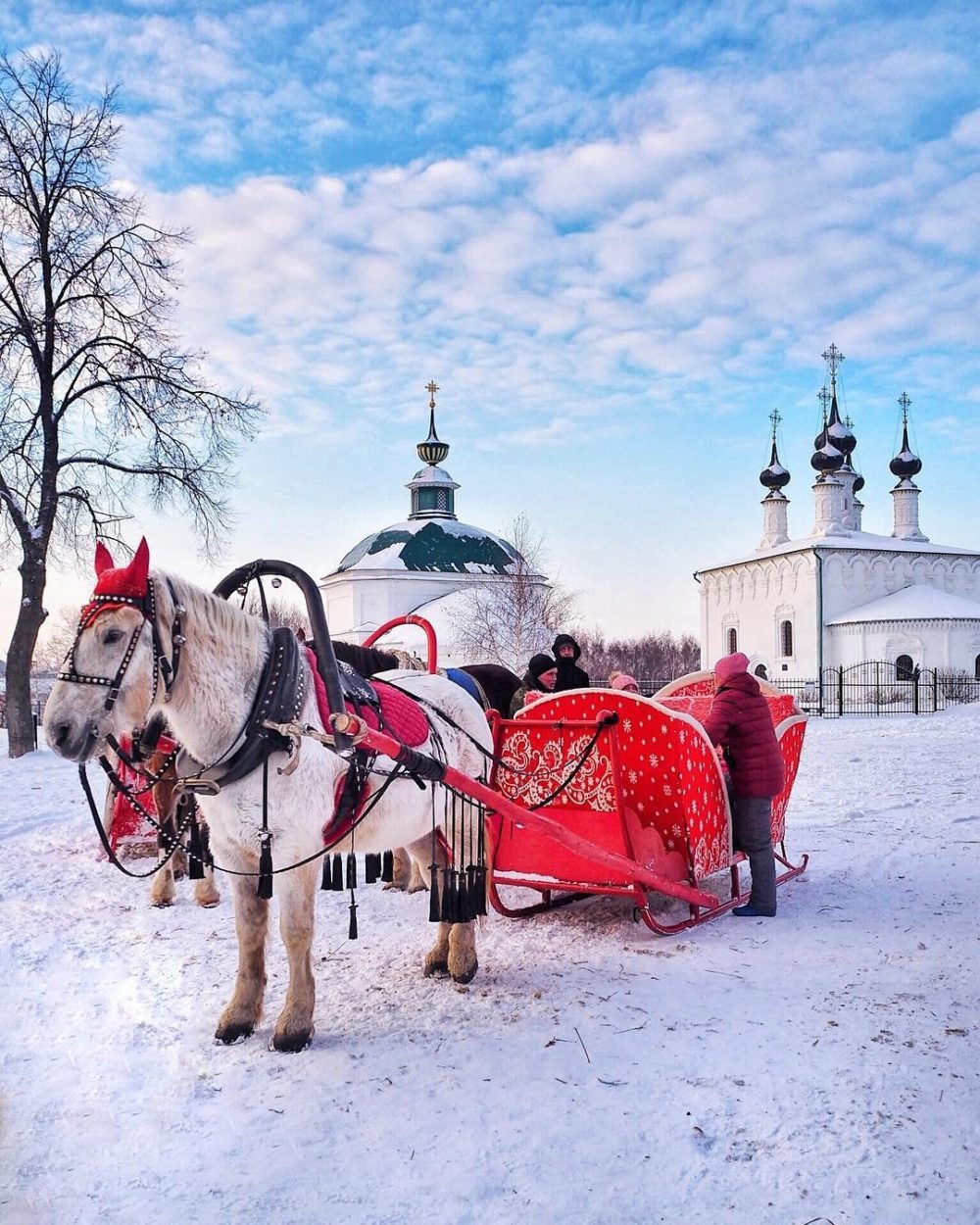
Not strictly a kremlin, the Spaso-Evfiniev Monastery complex is as impressive as Moscow’s Kremlin – some would say more so. As far back as the 60s, Suzdal’s potential as a tourist site was recognized. You will find no buildings over two stories and a delightful medieval time warp to explore.
5. Nizhny Novgorod Kremlin
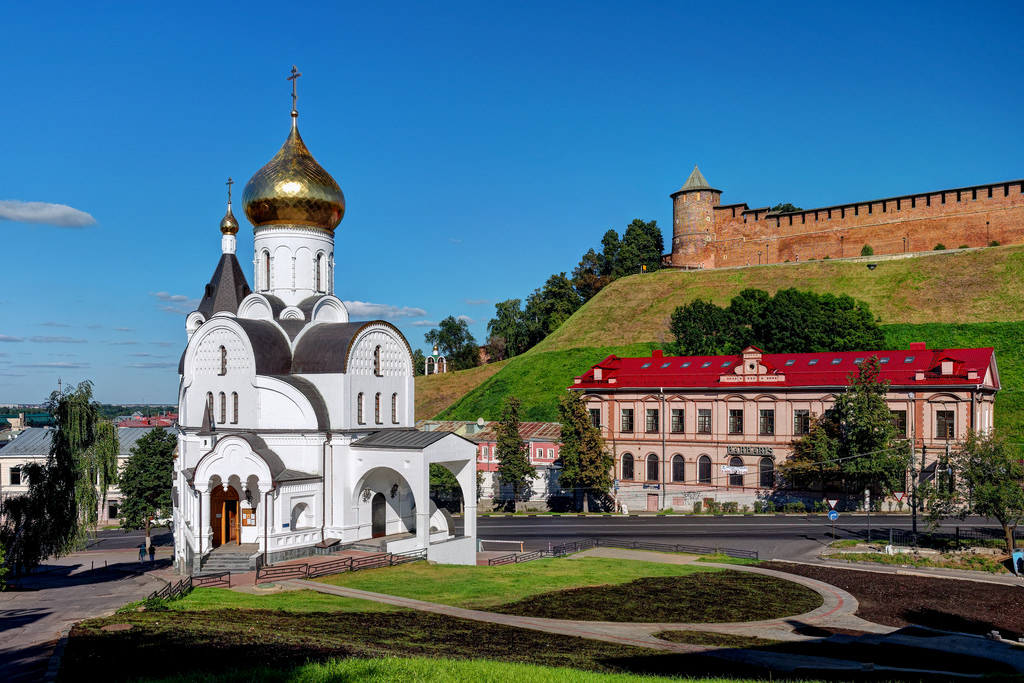
Built in 1515, the stone Kremlin in Nizhny Novgorod replaced the wooden fortress, which had protected the city since 1221. The Kremlin features dramatic elevation changes, making it one of its most sophisticated constructions. The word is that somewhere in the Kremlin’s dungeons, Ivan the Terrible hid his library, which his grandmother Sophia Palaiologina had brought from Byzantium.
6. Kolomna Kremlin
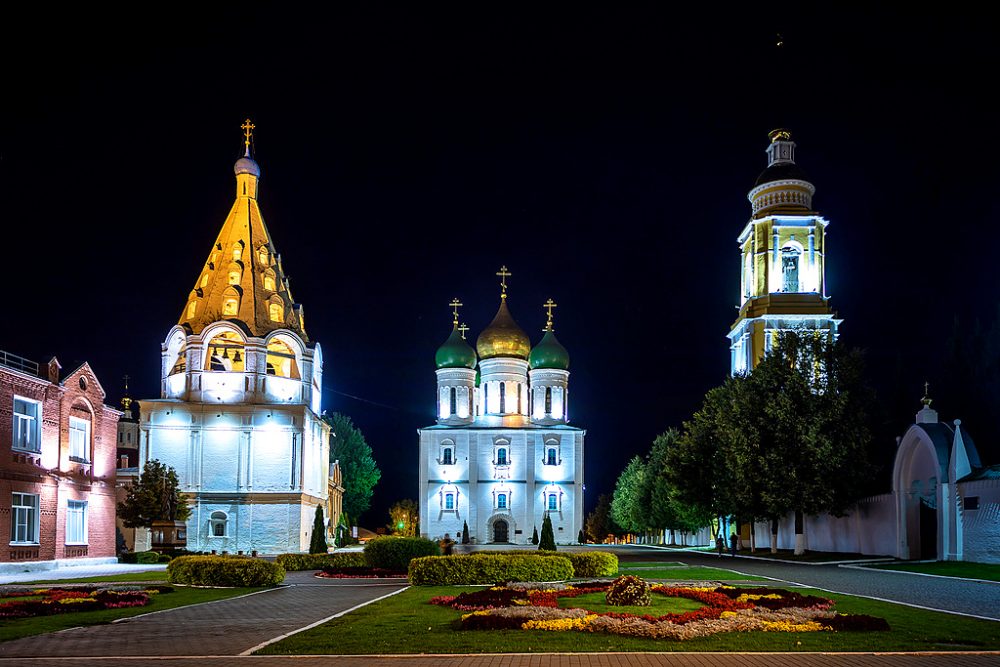
In its prime, the Kolomna Kremlin was one of the giant fortresses of the time. Still, in the 18th and early 19th centuries, the locals took most of it apart, using the aging walls as a source of construction materials. Only the decree of Nicholas I helped preserve what remained of the fortress. The Kolomna Kremlin had 17 towers, one of which was named after Maryna Mniszech, the wife of False Dmitry I, who was reportedly incarcerated in that tower and subsequently died.
One of the legends says that she did not die but turned into a magpie and flew out the window. As a result, it was called Marina’s tower. There is one more legend. However, that links the name to an ordinary nun accused of being a lesbian and put into the tower wall to protect other nuns from this morbid temptation.
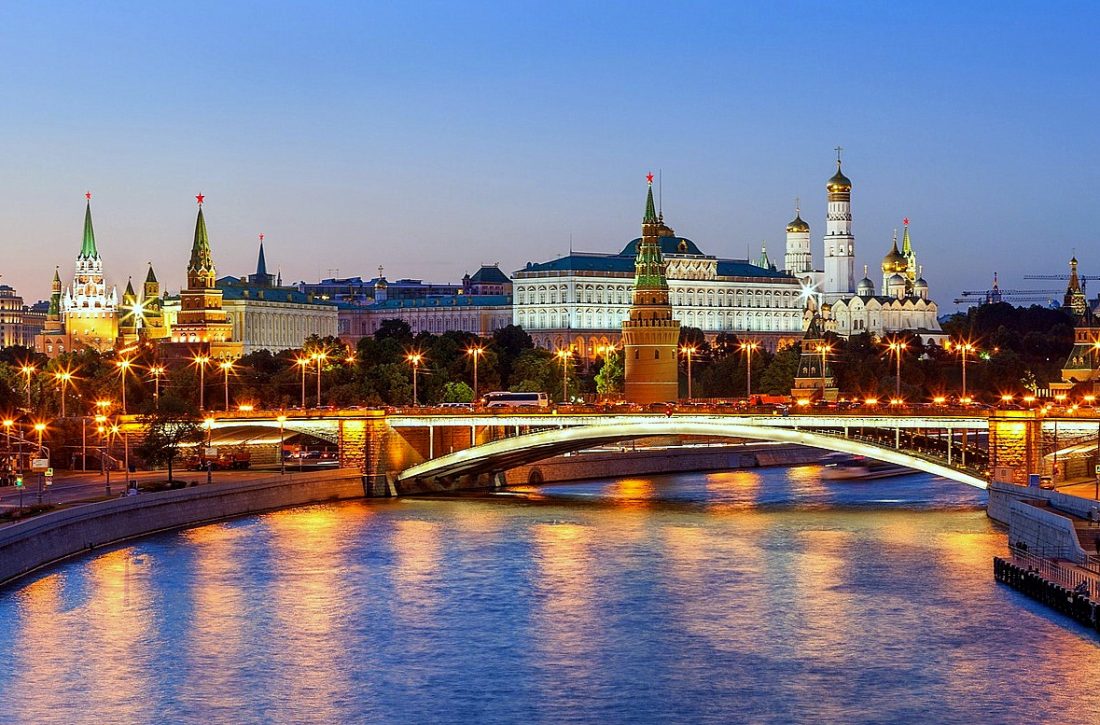
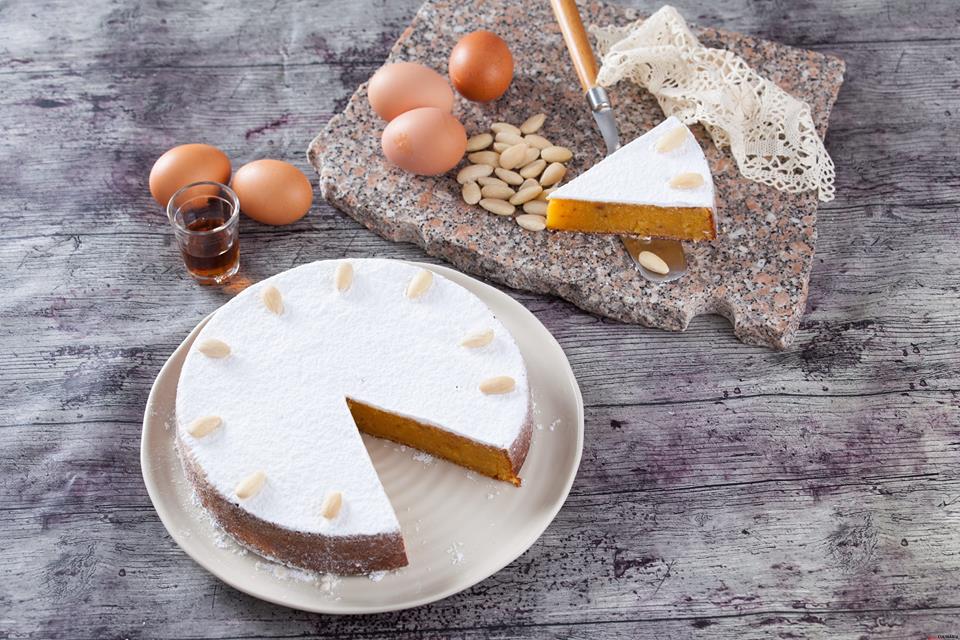
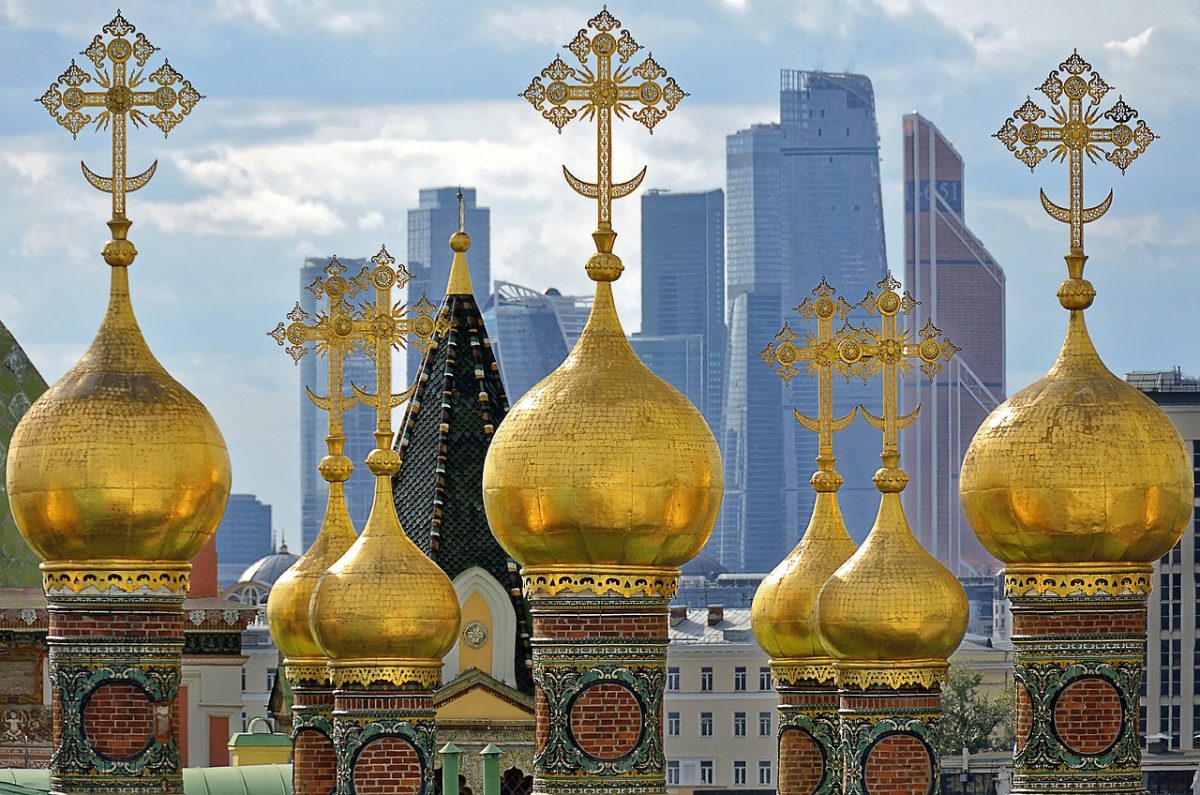
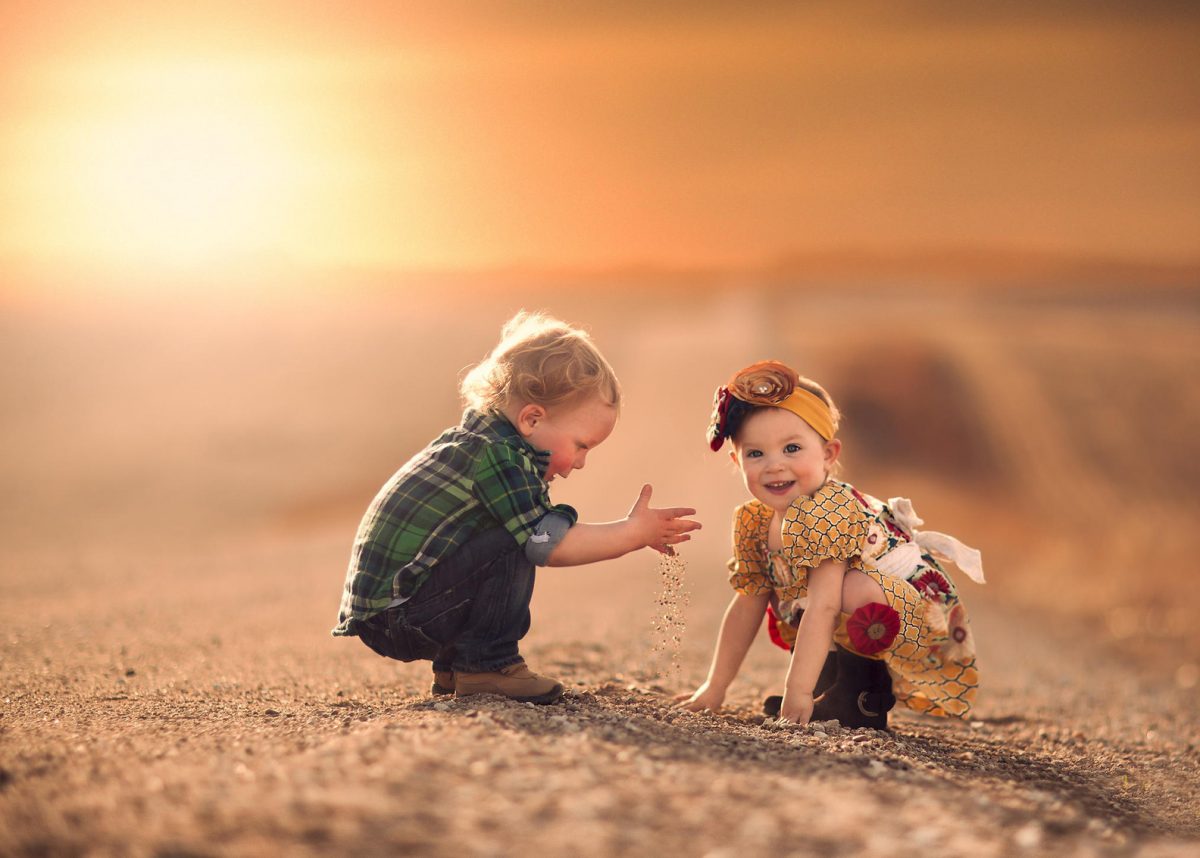
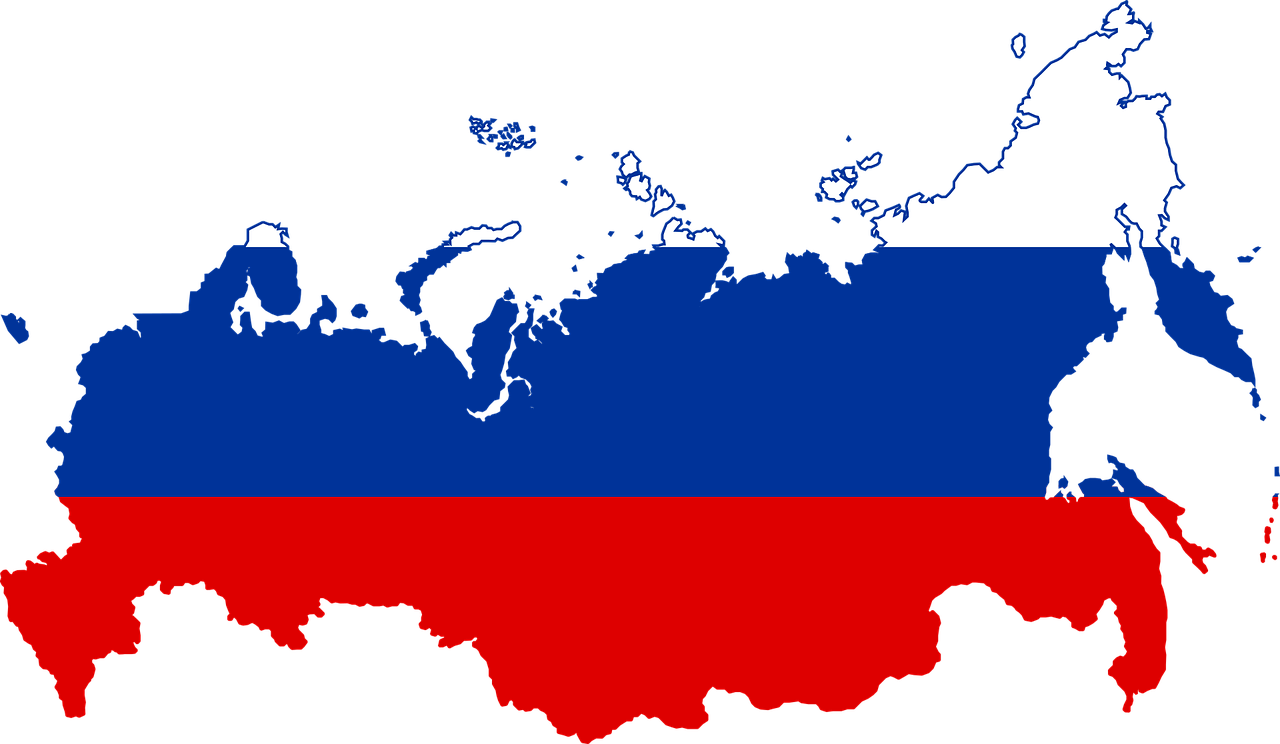
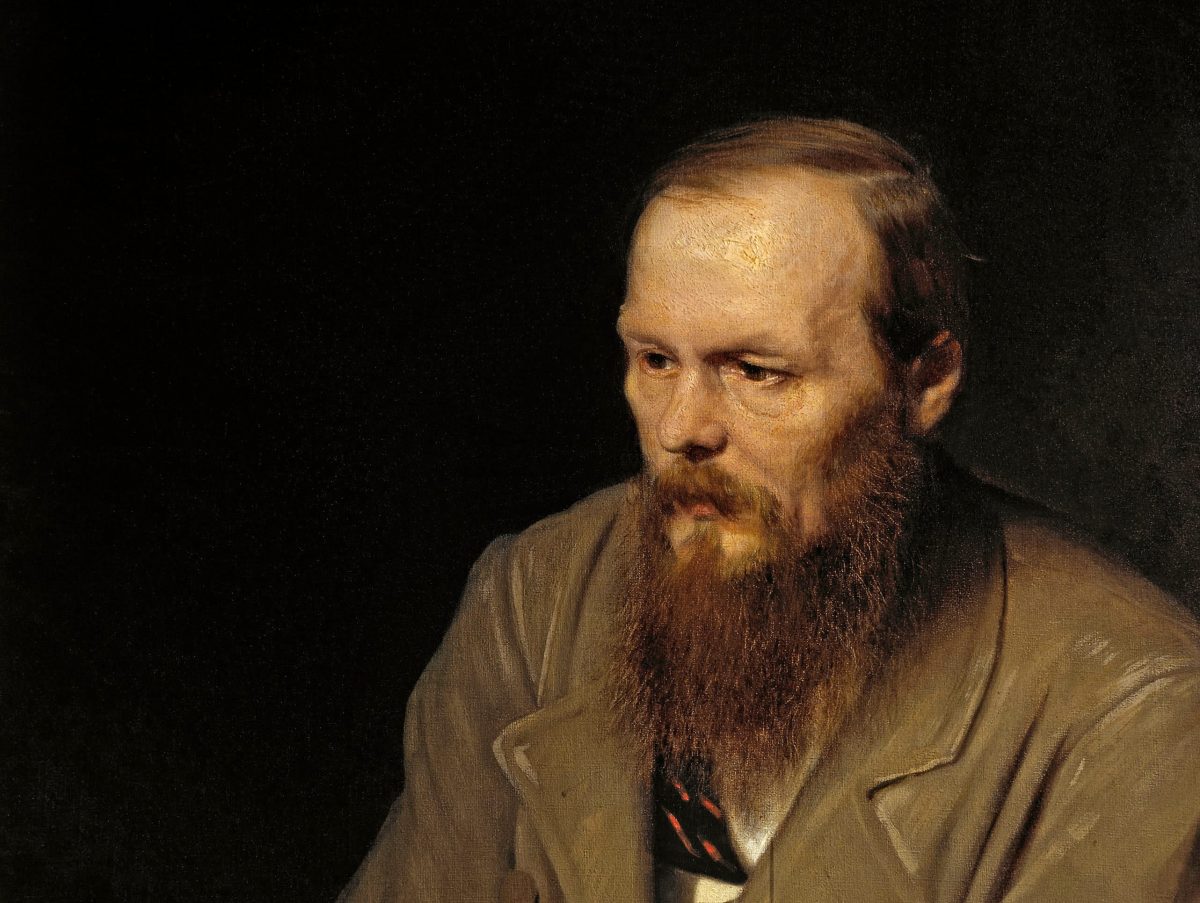
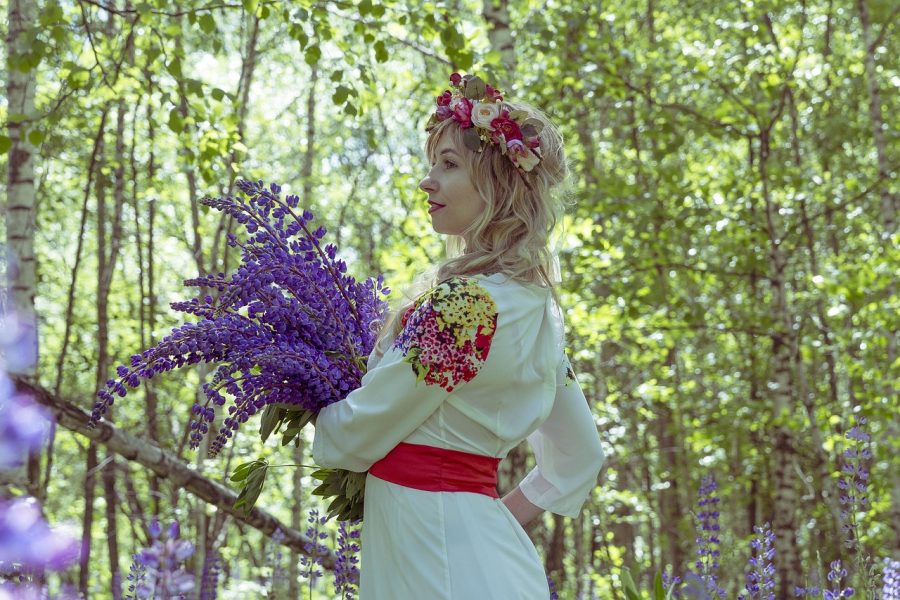
“Not strictly a kremlin the Spaso-Evfiniev Monastery” – not “not strictly”, but nothing to do with Kremlin at all. The monastery mentioned has big red walls and many towers and that’s the only thing that it has in common with some kremlins (with Moscow Kremlin in particular). Kremlin of Suzdal is more of an area rather than a complex of distinctive buildings. And it is easy to recognise by an ancient earth rampart that goes all around. Horse carriage and 2 churches on the photo are not in Kremlin, they are on the Kremlin street that leads into Kremlin.
“you will find no buildings over two stories” – over three stories, actually. Though there are still much more two-storied ones, that’s true.
And yes, the main idea is that Suzdal is an open-air museum that remained almost untouched through the years)